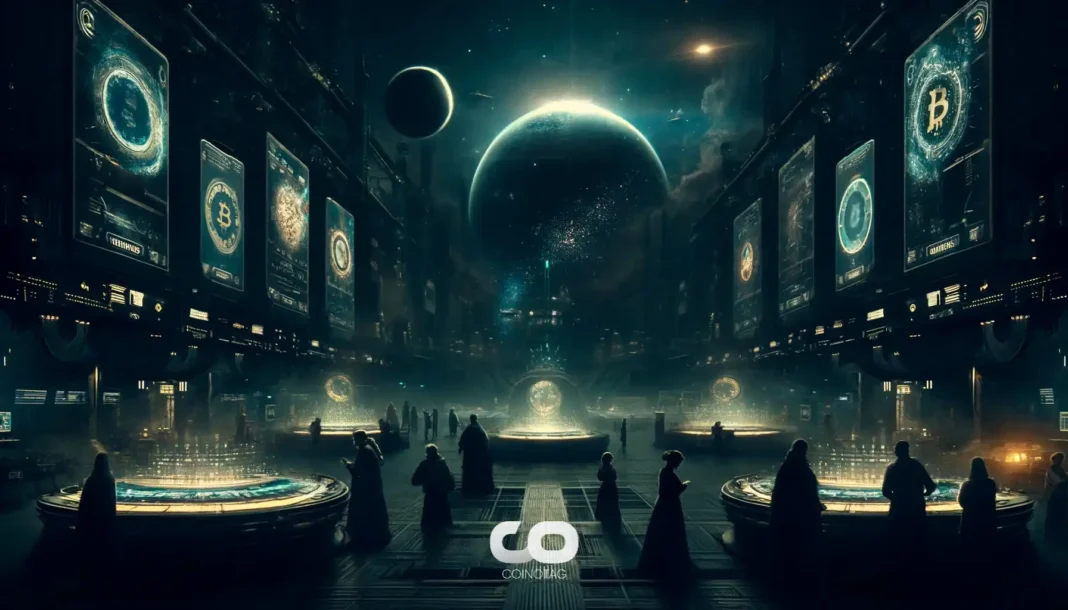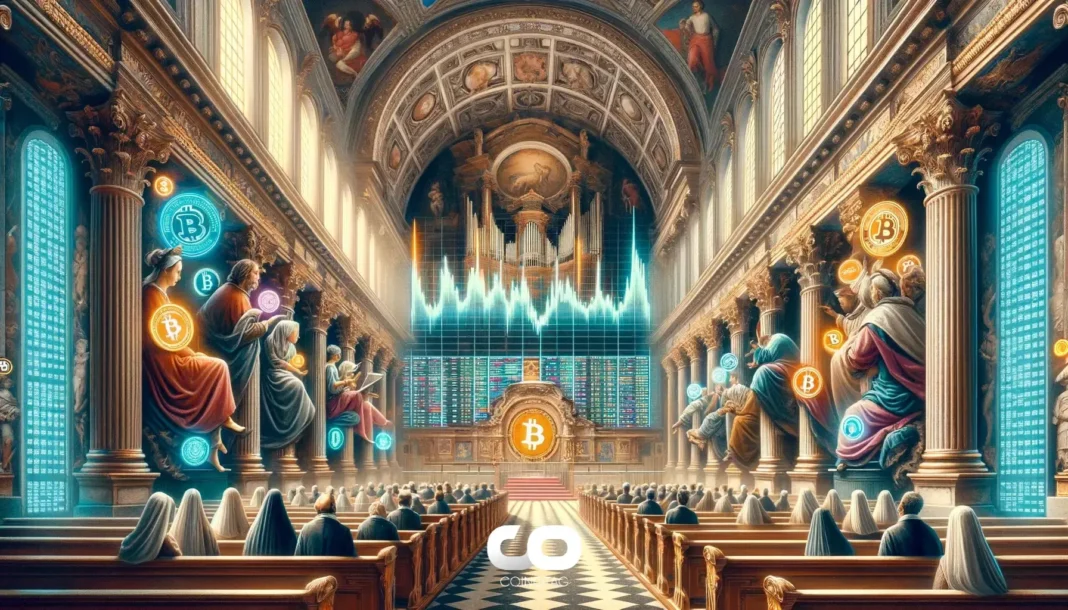-
XRP has surged 38% in just two weeks following confusion about its competition with Circle and the stablecoin USDC.
-
Ripple’s actual stablecoin challenger is RLUSD, a separate asset designed to compete directly with USDC, not XRP.
-
Crypto attorney John Deaton clarified that XRP’s function is confined to the XRP Ledger and is unrelated to the stablecoin market rivalry.
XRP’s recent 38% rally stems from market confusion over its competition with Circle’s USDC, clarified by Ripple’s focus on RLUSD stablecoin.
Understanding Ripple’s Distinct Position in the Stablecoin Market
The recent price action in XRP has sparked renewed interest and debate about Ripple’s role in the fintech and stablecoin sectors. It is critical to distinguish between XRP as a digital asset and Ripple as a company. While Ripple leverages XRP for certain cross-border payment solutions, it does not position XRP as a stablecoin competitor. Instead, Ripple’s strategic entry into the stablecoin market is through RLUSD, a newly launched asset aimed at challenging Circle’s USDC dominance. This separation ensures XRP remains focused on liquidity and settlement within the XRP Ledger ecosystem, while RLUSD targets the stablecoin niche.
Legal and Market Clarifications from Industry Experts
John Deaton, a respected crypto lawyer, provided essential clarity amid widespread misconceptions. He emphasized that XRP’s role is limited to facilitating transactions on the XRP Ledger and is not designed to compete with stablecoins like USDC. Deaton also highlighted Ripple’s broader fintech ambitions, which include developing infrastructure solutions that overlap with Circle’s market but do not directly pit XRP against USDC. This nuanced understanding is vital for investors to accurately assess XRP’s value proposition and Ripple’s market strategy.
Investor Reactions and the Impact of Misinformation
The confusion surrounding XRP’s market role led to significant investor actions, including a notable sell-off by public figures such as Dave Portnoy. Portnoy’s decision to liquidate XRP holdings was based on the mistaken belief that XRP was a direct competitor to Circle’s USDC, a move he later regretted as XRP’s price surged. This episode underscores how misinformation can cause volatility and misaligned investor behavior in the crypto markets. It also highlights the importance of clear communication from projects to prevent market disruptions.
Ripple’s Strategic Focus on RLUSD and Future Outlook
Ripple’s introduction of RLUSD marks a deliberate and strategic entry into the stablecoin arena, positioning the company to compete with established players like Circle. RLUSD is designed to meet the growing demand for reliable, blockchain-based stablecoins, offering an alternative to USDC without conflating XRP’s distinct utility. This bifurcation allows Ripple to maintain XRP’s core function while expanding its footprint in the stablecoin market. Market participants should monitor RLUSD’s adoption and regulatory developments closely as Ripple advances its fintech ambitions.
Conclusion
The recent surge in XRP’s price highlights the critical need for clear differentiation between digital assets and corporate strategies within the crypto ecosystem. Ripple’s stablecoin initiative via RLUSD is separate from XRP’s role on the ledger, a distinction that has significant implications for investors and market dynamics. Understanding these nuances can help mitigate misinformation-driven volatility and provide a clearer perspective on Ripple’s evolving position in the fintech and stablecoin sectors.






